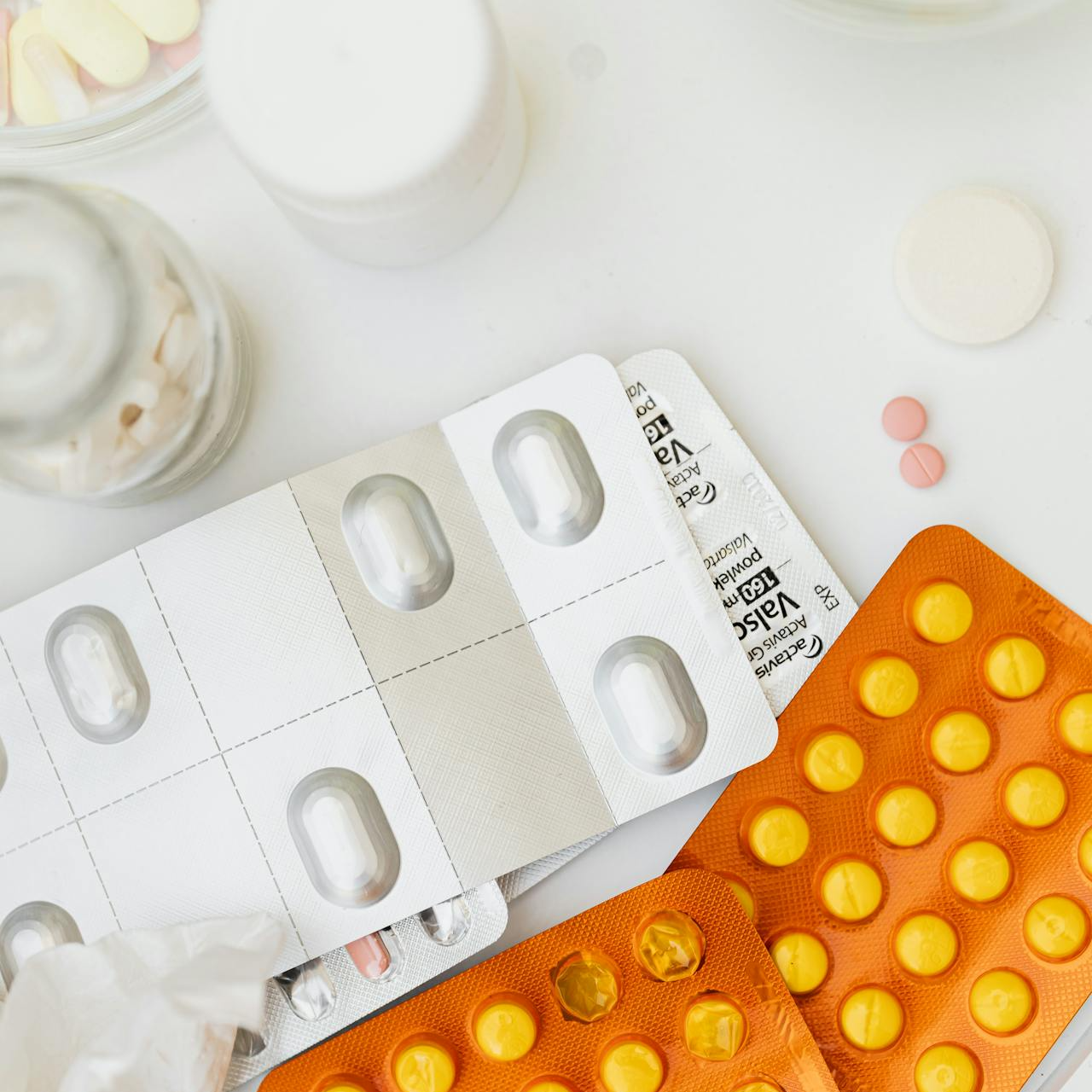Key Takeaways
- The Medicare Part D coverage gap, also known as the “donut hole,” is closing, reducing prescription drug costs for enrollees.
- Upcoming changes in 2024 and 2025 will cap out-of-pocket drug costs, helping beneficiaries manage healthcare expenses more effectively.
Medicare’s Part D Coverage Gap Is Closing: What It Means for You
The Medicare Part D program, which provides prescription drug coverage to millions of Americans, has historically included a coverage gap known as the “donut hole.” This gap has posed a financial burden on many beneficiaries, leaving them responsible for a higher percentage of their drug costs once they reached a certain threshold. Fortunately, thanks to recent changes in legislation, the coverage gap is closing, meaning fewer out-of-pocket expenses for prescription drugs. Here’s what these changes mean for you, and how the closing of the gap impacts your future Medicare Part D coverage.
Understanding Medicare Part D Coverage Phases
To grasp the significance of the closing coverage gap, it’s essential to first understand how Medicare Part D works. When beneficiaries enroll in a Part D prescription drug plan, their costs are divided into several phases throughout the year:
-
Deductible Phase: Beneficiaries are responsible for paying the full cost of their prescription drugs until they reach their plan’s deductible, which is capped at $545 in 2024. Only after reaching this deductible do they move into the next phase.
-
Initial Coverage Phase: After the deductible is met, beneficiaries pay a fixed copayment or coinsurance for their drugs, with the plan covering the rest. The initial coverage phase lasts until total drug costs—both what the plan pays and what the beneficiary pays—reach $5,030 in 2024.
-
Coverage Gap (Donut Hole) Phase: Once the total drug costs hit the $5,030 limit, beneficiaries enter the coverage gap, or “donut hole.” Historically, this meant they had to pay a much larger share of their prescription drug costs. However, with recent changes, enrollees now only pay 25% of the cost for brand-name and generic drugs while in this phase.
-
Catastrophic Coverage Phase: When total out-of-pocket costs, including those paid by the beneficiary and others on their behalf, reach $8,000 in 2024, catastrophic coverage kicks in. This phase provides substantial relief, as beneficiaries pay little to nothing for covered drugs for the remainder of the year.
What’s Changing in 2024?
As part of ongoing efforts to make prescription drugs more affordable, significant changes will be implemented in 2024 to Medicare Part D. Most notably, beneficiaries will no longer be responsible for coinsurance in the catastrophic coverage phase. In previous years, beneficiaries were required to pay a small portion (5%) of their drug costs during catastrophic coverage. The elimination of this cost-sharing requirement means enrollees will no longer have out-of-pocket costs once they reach the catastrophic threshold. This is a major relief for those who depend on high-cost medications.
Additionally, there will be more support for low-income individuals. In 2024, the Low-Income Subsidy (LIS), also known as “Extra Help,” will be expanded to cover individuals with incomes up to 150% of the federal poverty level. This program helps reduce out-of-pocket drug costs and premiums for those who qualify, and the expanded eligibility means more people will benefit from lower drug costs.
The Big Shift: 2025 Marks the End of the Donut Hole
The biggest change comes in 2025, when the donut hole, or coverage gap, will officially be phased out entirely. This is a monumental shift in Medicare Part D’s design, as beneficiaries will no longer experience the sharp increase in costs when they move from the initial coverage phase to what was once the donut hole. Instead, beneficiaries will pay consistent copays and coinsurance for their drugs throughout the year.
In addition to the elimination of the donut hole, 2025 introduces another crucial feature: a $2,000 cap on out-of-pocket prescription drug costs. This means that once a beneficiary spends $2,000 on drugs, they will not have to pay any more for covered prescriptions for the rest of the year. This cap brings much-needed financial security to Medicare beneficiaries, particularly those with chronic conditions that require expensive medications.
The implementation of the $2,000 cap is expected to have a significant impact on how Medicare enrollees manage their healthcare expenses. Currently, many beneficiaries face unpredictable and sometimes overwhelming drug costs as they move through the various phases of Part D coverage. With a clearly defined out-of-pocket limit, beneficiaries will be able to better plan for and manage their expenses.
Why These Changes Matter for You
For beneficiaries who rely on expensive prescription drugs, the closing of the coverage gap and the introduction of a spending cap will bring much-needed financial relief. Under the current system, some enrollees face thousands of dollars in out-of-pocket costs each year due to the coverage gap and catastrophic phase. The new $2,000 cap will offer a safeguard, ensuring that no matter how much a beneficiary’s drugs cost, they will not be responsible for more than that amount annually.
Additionally, the elimination of the donut hole simplifies the Part D structure, making it easier for beneficiaries to understand and manage their coverage. Many beneficiaries have found the coverage gap to be confusing and stressful, especially since drug costs can vary widely depending on the phase of coverage they are in. By removing the gap entirely, Medicare Part D becomes a more straightforward and user-friendly program.
How to Prepare for These Changes
Although these changes are designed to reduce costs, there are still steps you can take to maximize your savings under Medicare Part D:
-
Review Your Plan Annually: Medicare Part D plans can vary significantly in terms of premiums, drug formularies, and out-of-pocket costs. It’s important to review your plan during the Annual Enrollment Period (AEP) each year to ensure it still meets your needs. Even with the elimination of the donut hole, switching plans could help you save money depending on your specific medication needs.
-
Consider Generic Alternatives: One of the easiest ways to lower your drug costs is to opt for generic medications when possible. Generics are often much cheaper than brand-name drugs and are just as effective. Ask your doctor if there are generic options available for the medications you take.
-
Use Preferred Pharmacies: Some Medicare Part D plans have preferred pharmacy networks, where you can get your prescriptions at a lower cost. Make sure you’re filling your prescriptions at a pharmacy that offers the best pricing under your plan.
-
Apply for Extra Help: If you think you may qualify for the Low-Income Subsidy (Extra Help), be sure to apply. This program can significantly reduce your prescription drug costs, including premiums and deductibles, and with the expanded eligibility in 2024, more people will qualify.
Looking Ahead: The Long-Term Impact of Medicare Part D Changes
The closing of the Medicare Part D coverage gap and the introduction of a $2,000 out-of-pocket cap are transformative changes that will make prescription drugs more affordable for millions of Americans. As healthcare costs continue to rise, these changes provide much-needed relief for beneficiaries, especially those with chronic health conditions.
In the long term, the elimination of the donut hole and the establishment of an out-of-pocket cap are expected to reduce the financial strain on Medicare beneficiaries, particularly those who take high-cost medications. This will also bring greater predictability to out-of-pocket expenses, allowing enrollees to budget more effectively for their healthcare needs.
These changes also signal a broader effort to control drug costs in the U.S. healthcare system. By capping out-of-pocket expenses and eliminating the confusing coverage gap, Medicare is taking significant steps toward making healthcare more affordable and accessible.
New Cost-Saving Measures for Medicare Part D Enrollees
In addition to the changes in the donut hole, Medicare will introduce new cost-saving measures in the coming years. For instance, under the Inflation Reduction Act, the cost of insulin will be capped at $35 per month in all Medicare Part D plans, starting in 2023. Vaccines, such as the shingles vaccine, will also be available at no cost to beneficiaries.
Moreover, beginning in 2025, a new program will allow enrollees to spread their out-of-pocket prescription drug costs throughout the year. This payment flexibility could be especially helpful for those who face high drug costs early in the year. However, it’s important to note that this program doesn’t reduce the overall cost of drugs but instead makes it easier to manage payments.
More Financial Control in 2025
As Medicare Part D continues to evolve, beneficiaries will gain more financial control over their prescription drug costs. The closing of the donut hole and the introduction of the $2,000 out-of-pocket cap are just the beginning of ongoing efforts to lower healthcare costs for seniors and other Medicare enrollees. Whether you take multiple medications or just a few, understanding these changes can help you save money and manage your healthcare expenses more effectively in the years to come.









